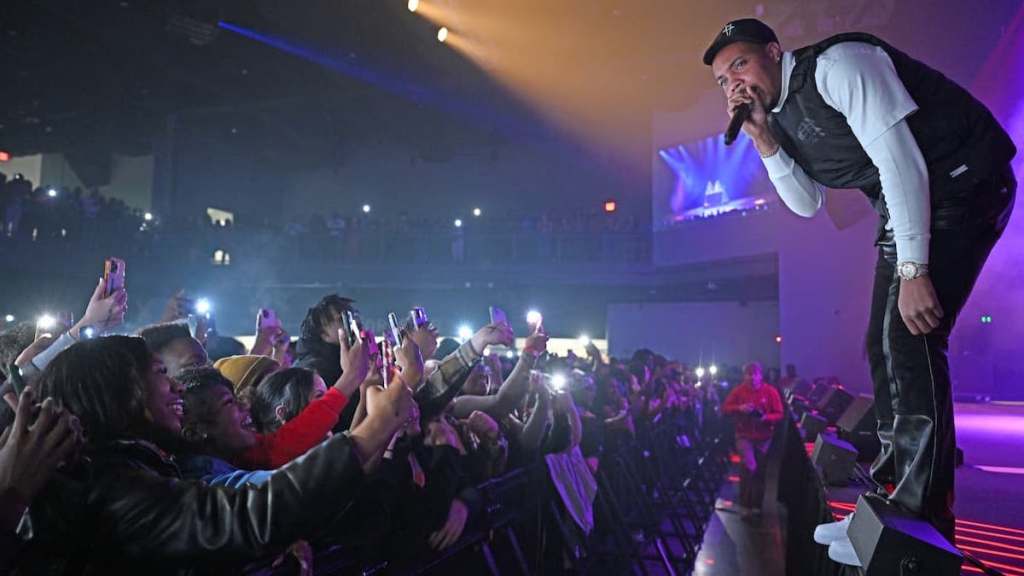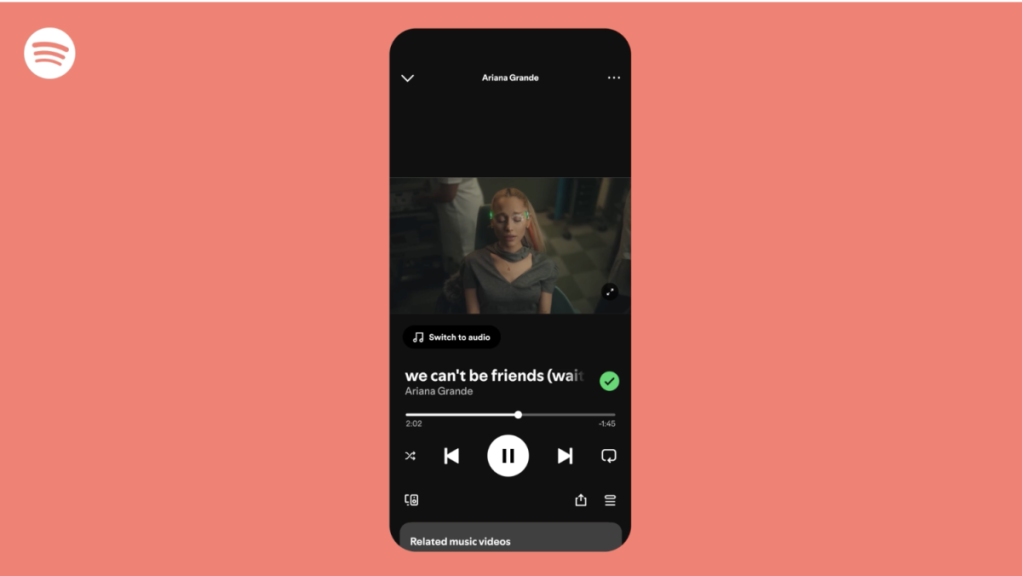
Sketchy the Clown. Photo by author
In late August of this year, small blips of “killer clown sightings” began to appear on social media. It started with a cryptic letter to residents of a South Carolina apartment building, reportedly sent out by the property manager.
“There have been several conversation [sic] and a lot of complaints to the office regarding a clown or a person dressed in clown clothing taking or trying to lure children into the woods,” the letter from Fleetwood Manor Apartment Complex read.
Videos by VICE
“At no time should a child be alone at night, or walking in the roads or wooded areas at night,” the letter warned.
Whether the fear expressed in the note was legitimate or not, what’s spawned since then is undeniably real. News about people dressed as clowns—ranging from the innocent sight of someone in white facepaint holding balloons in broad daylight, to people actually running around with weapons—has hit the internet like a tsunami.
If you type in “Clown” followed by any major city on Google, your search results will be flooded with articles about killer clowns, not actual clown websites. It’s not surprising considering how long the caricature of the creepy, killer clown has been around: before the recent memeage of clowning, there have been YouTube prank videos of people in clown outfits terrorizing civilians at night on the internet for years now. Most of these videos, even prior to the explosion of the clown sighting trend, had hundreds of thousands, sometimes millions of views.
Though, it’s not as if the killer clown trope is anything new. Pop culture mainstays like Pennywise the Clown from Stephen King’s IT, and even characters as nuanced and enjoyable as the variousiterations of Batman villain the Joker, have helped to solidify the idea that clowns—meaning pretty much anyone who wears fucked-up make-up and a colourful, ill-fitting outfit—are symbols of terror and fear.
“[The fear of clowns] is not something I personally understand,” Allan Turner, a longtime clown instructor (whose clown persona, Jean-Paul Mullet, is often just referred to as “Mullet the Clown”), told me during an interview at our Toronto office amongst a group of other clowns.
“The thing about [these sightings] is that these are people dressed as clowns. They aren’t clowns. If you see a [vampire] on Halloween, you’re not going to think, ‘Oh that’s a vampire.’ But if you see someone dressed as clown, it doesn’t matter if they’re [legit or not]. [People] will think, ‘That’s a clown.’”

Turner, out of costume.
To Turner, the issue of clowns being creepy really comes down to people not understanding the art of clowning for what it is—a performance of “one’s true self.” That phrase in itself sounds somewhat unsettling, but Turner says that it’s less about clowns and more about people who don’t respect the boundaries of others, and exist outside of societal norms.
“We look fucking weird, but it’s us,” Sketchy, a Toronto-based clown whose real name is Dave McKay, tells me. “I’ve had some people just absolutely lock up when they see me, and at that point, I go, ‘OK, I’m not going to engage with this person.’ The point of doing this is to not make people’s lives a nightmare.”
In Sketchy’s case, his “mature” performances at burlesque clubs/adult venues are only good because he’s a self-professed “dick,” and people know that. However, he also notes that it’s “vital” to maintain the consent of the people he interacts with. According to Sketchy, the pranks (or hoaxes, as some have suggested) that are happening across the world are not only failing to respect the right for people to say no, but are also working against changing the narrative around clowning.
“I got a lot of looks on the way here,” Sketchy told me, relaying his story about taking public transit to VICE’s Toronto office. “That’s normal, but I think people are getting more paranoid.”

Sketchy.
And he may be right. In some parts of the US, police have actually had to tell citizens to not go around shooting clowns that they see in public. On Twitter and Facebook, videos of clown pranks backfiring—usually with the fake-clowns getting their ass beat—have begun cropping up daily.
This trend isn’t necessarily particular to clowns either. Individuals running prank channels online have used everything from Texas Chainsaw Massacre-esque pranks with weapon in hand, to haunted/dead little girls to scare the living shit out of people. In most cases, people run off at the speed of a freight train, with the prankster left laughing.
Other times, the videos are much more serious: Just yesterday, three people, who the police believe to be teenagers, broke into a Texas woman’s home while she was sleeping. Armed with BB guns and decked in clown masks, they woke her and began to shoot up the room. She was hit in the face and the arm, and is expected to recover, but the suspects are still at large.

Marigold the Clown, a children’s clown.
Last week, professional clowns told VICE that their job as a clown was being affected by the rising phobia of clowns. On a phone call before one of his US shows, internationally-renowned DooDoo the Clown told me that he’s had to reassure numerous people about his intentions, but that he’s grateful for all the support he’s received.
“This whole issue has been so blown out of proportion…I was recently [at a venue] where there were thousands of kids and parents in attendance. A lot of them were compassionate, so compassionate, but I had to take the mic and just let people know that, y’know, the things going on, I denounce them,” he said.
“The thing is that this isn’t new. We’ve always been picked on. For better or worse, we’re the laughing stock of the crowd, and now we’re becoming sort of hated…If anything, I just hope people know that there’s so many thousands of us with families and children who rely on the income we make. We feed and house people. It’s real to us.”
More
From VICE
-

(Photo by Stephen J. Cohen/Getty Images) -

A mysterious Tomb Raider Steam listing update is fueling speculation ahead of the December 11 Game Awards announcement. -

Music video on Spotify – Credit: Spotify -

Screenshot: Arvore